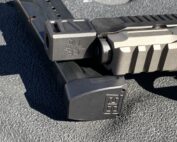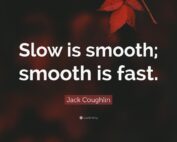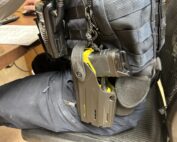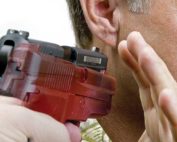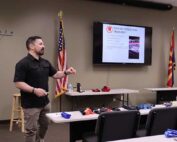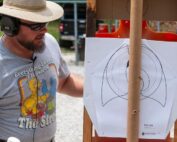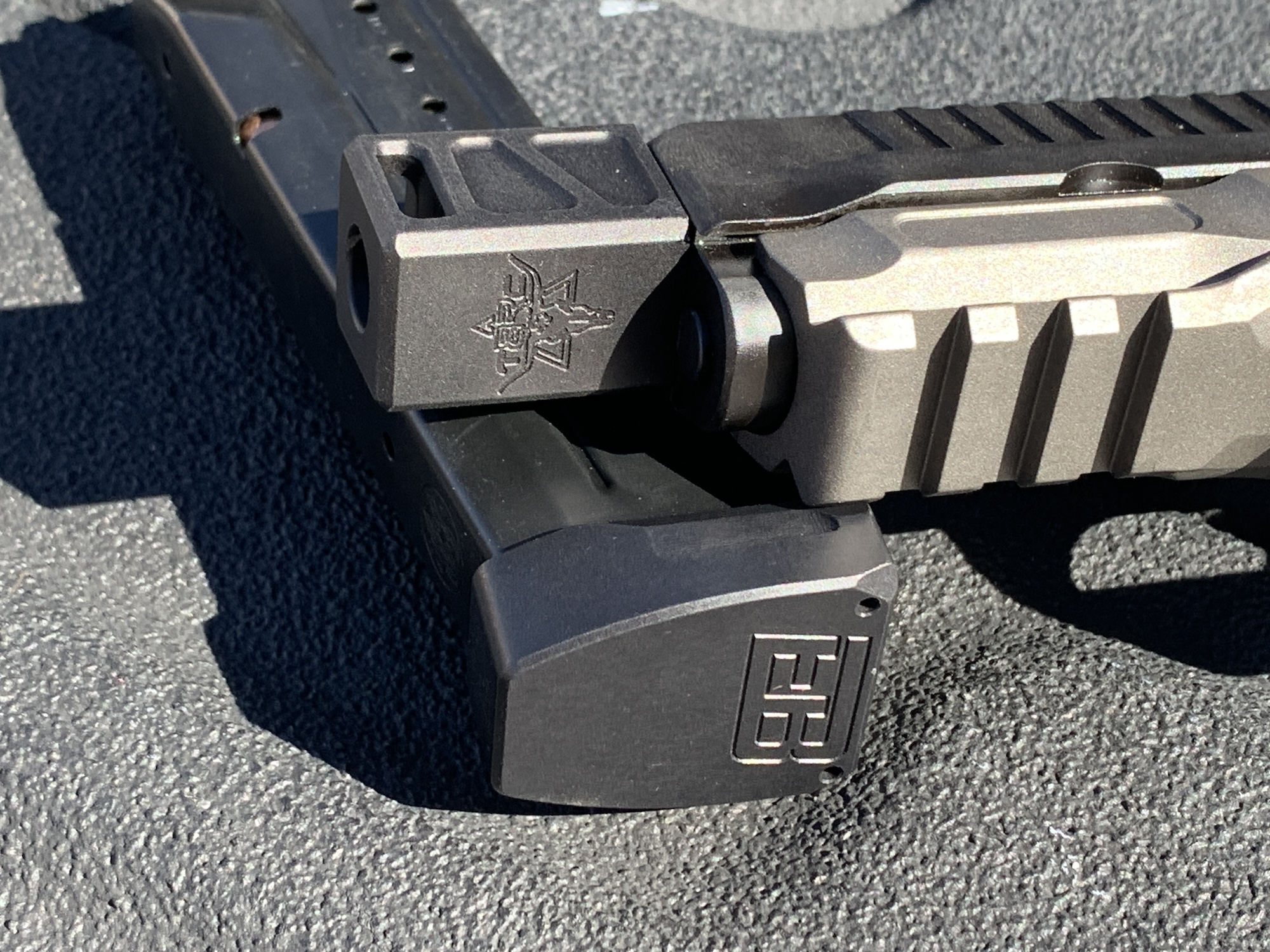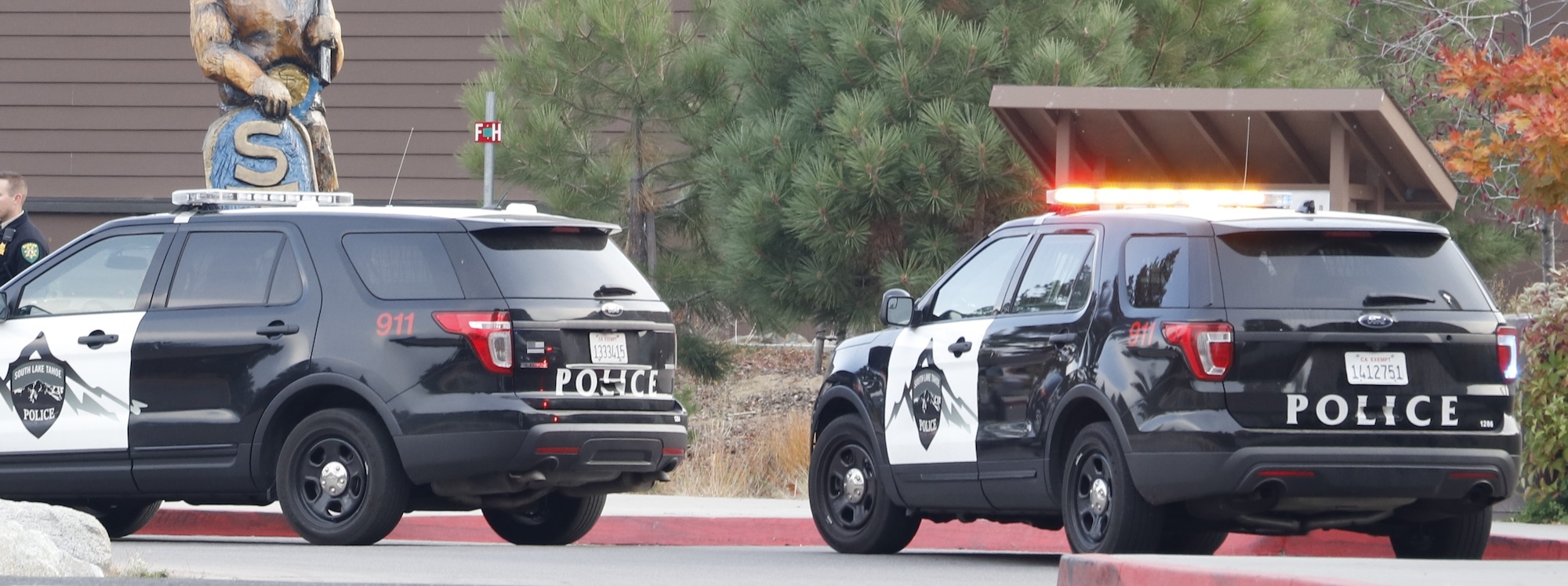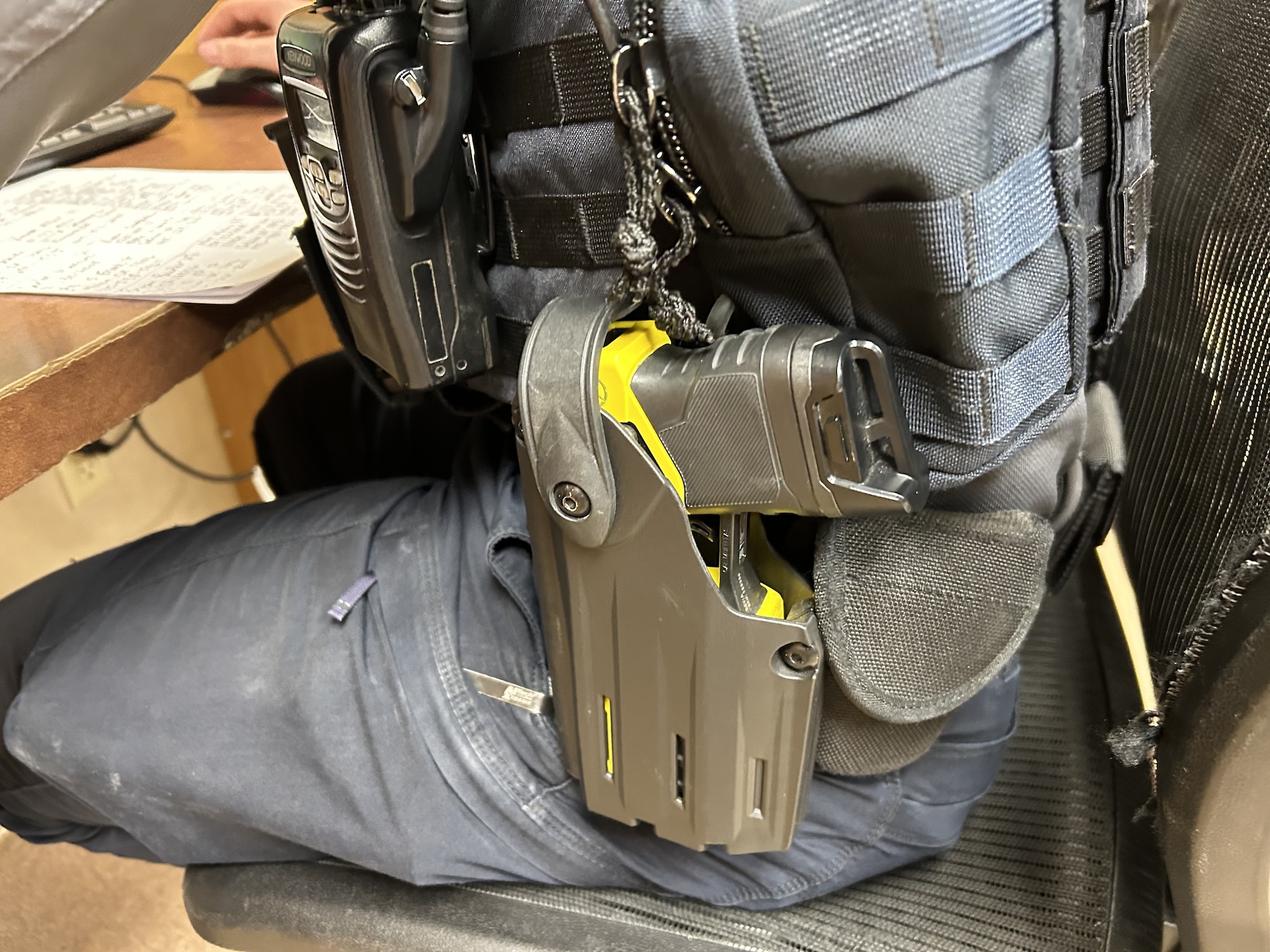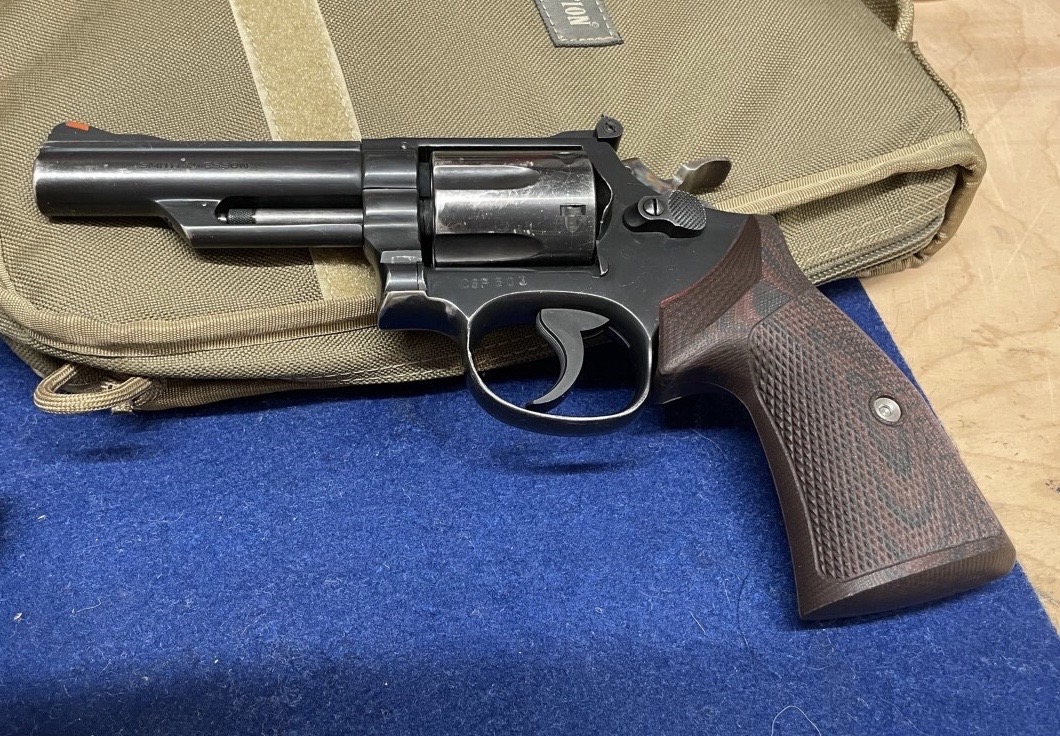
thumbnail_IMG_9808
In this era of double-stack polymer nines, it is easy to overlook revolvers as archaic and out of date. However, I believe anyone carrying a firearm for a living should, at the very least, be a student of weapons craft when it comes to revolvers. Even if you have already weighed the pros and cons of carrying a revolver and decided it was not a good choice for you or your needs, you should know how to shoot them, reload them, and reduce stoppages. There are millions of revolvers out there, and many people carry them as either a primary or secondary weapon.
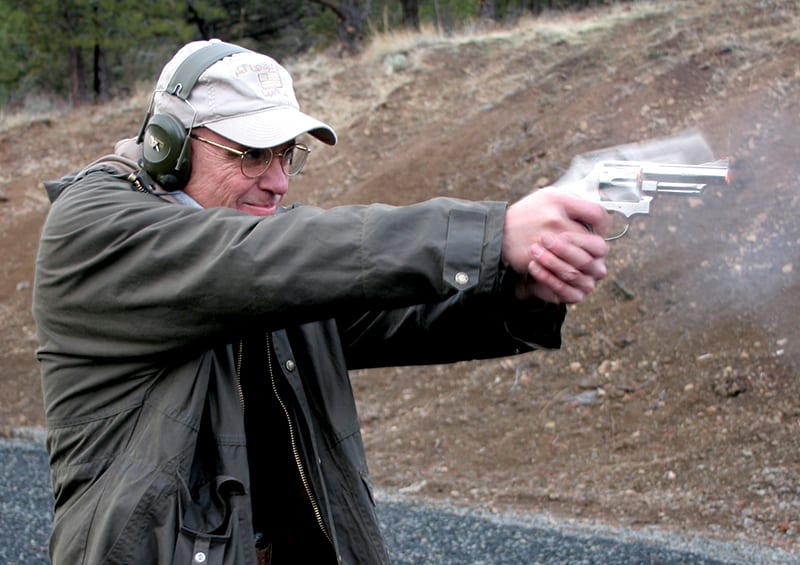
Clint Smith, the proprietor of Thunder Ranch, working one of his revolvers (photo: American Handgunner).
As my friend, Clint Smith, said in a recent YouTube interview, “If I put a revolver on the table most of today’s cops would look at it like it was a dead skunk. They’d have no idea how to make it run.” I’m paraphrasing, obviously.

The Smith and Wesson Model 66 is a potent carry gun. Carrying 6 rounds of .357 magnum makes it a great choice. This particular Model 66 was one of the special run done by S&W for the Connecticut State Police in a finish called Black Magic. Model 66’s are usually matte stainless steel.
Profession Background
In my past life at the state police firearms unit, most people I saw carrying revolvers were younger. They picked it because it was easy to carry, chambered in an effective caliber, and easy to maintain. But they lacked experience with keeping it fed and how to clear a stoppage, should it occur. I was tasked with writing and presenting a revolver skill-builder class for our agency. I spent countless hours learning from people who had carried and used revolvers for years. I started with my father. He carried a Smith and Wesson Model 10 around the South Bronx for three decades. He gave me some great background and pointers on how cops were trained and what worked back in the day. I then spent several days on the range with a friend from New Hampshire who had trained people on revolvers for years. Once I was comfortable with the material myself, I wrote the class. Here is what I think is essential when teaching new revolver shooters.

The J frame Smith and Wesson is ideal for pocket carry (with trigger guard covered). It is small, lightweight, and effective.
Trigger Control
The trigger on most DA revolvers is long yet usually smooth. I would discuss the longer trigger press and rolling straight through the trigger pull. Most shooters were able to get comfortable with it quickly. People rarely struggle with the weight of a quality revolver trigger, and most take to the longer DA pull quickly, but it is different from what most shooters are familiar with.
Loading

Several options for carrying spare ammunition for your revolver. Speed loaders for full reloads. Loops, dump pouches, and speed strips for partial or top-off reloads.
Let’s face it; revolvers are different to load and unload than a semi-auto pistol. Compared to pistols like the G17 or Sig P226, the limited capacity means you are more likely to reload your revolver in a fight. I spent a large portion of the class on reloads. There are partial or “top off” reloads using loose rounds or speed strips and full reloads using speed loaders. I spent a lot of time on reloads. Keeping your revolver loaded as much as possible is essential. I would usually end the day with a few courses of fire and let the students decide which way they wanted to keep their pistols in the fight – whether it be top-off or full reloads, and the best reloading method for them (speed loaders, speed strips, loose rounds).
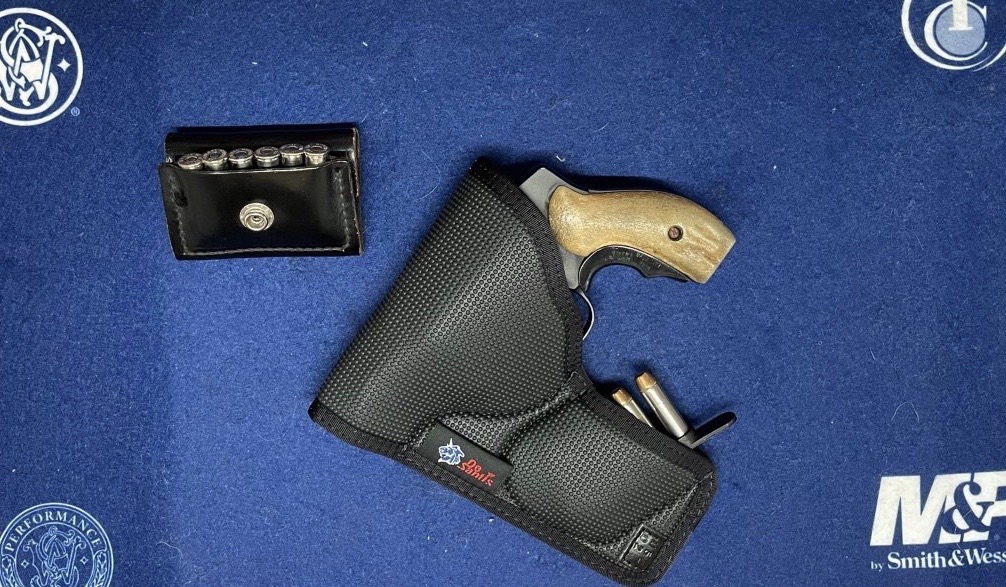
This J-Frame in a pocket holstr from DeSantis, with a speed strip holder, can be either a back-up gun or a primary.
Malfunction clearance
Revolvers can malfunction. While they usually don’t encounter the issues that semi-autos can face with feed way stoppages or bad mags, they can fail. You can still have high primers, bad ammo, poor maintenance, etc. I usually spend the least time in class on malfunction clearance, but it was discussed and demonstrated.

The Smith and Wesson Model 10, 3” heavy barrel with a round butt is in my opinion a perfect carry revolver. The heavy barrel helps mitigate recoil and I have found it to balance perfectly in a 3”. The Milt Sparks holster is a great choice for carry as it’s reinforced mouth allows you to holster one handed with no struggle.
If you teach firearms and how to shoot, you should also be familiar with running a wheel gun. Professionally, I rarely go a week without running across somebody carrying a revolver as a primary or backup weapon. If they were struggling with meeting our qual standards or courses of fire, I should be able to teach them how they can improve their shooting and carry their handgun safely and use it proficiently.

